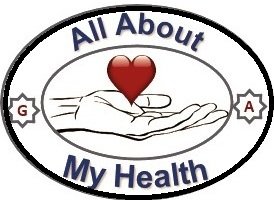The "All About My health" video provides medical information to help you make informed decision about your health and the health of the person you care!
This error message is only visible to WordPress admins
Error 403: Permission denied: Consumer 'api_key:AIzaSyB6NWW6ny5kExhOlr6oNi7pnIUpDqpNl14' has been suspended..
Domain code: global
Reason code: forbidden
Error: No videos found.
Make sure this is a valid channel ID and that the channel has videos available on youtube.com.
